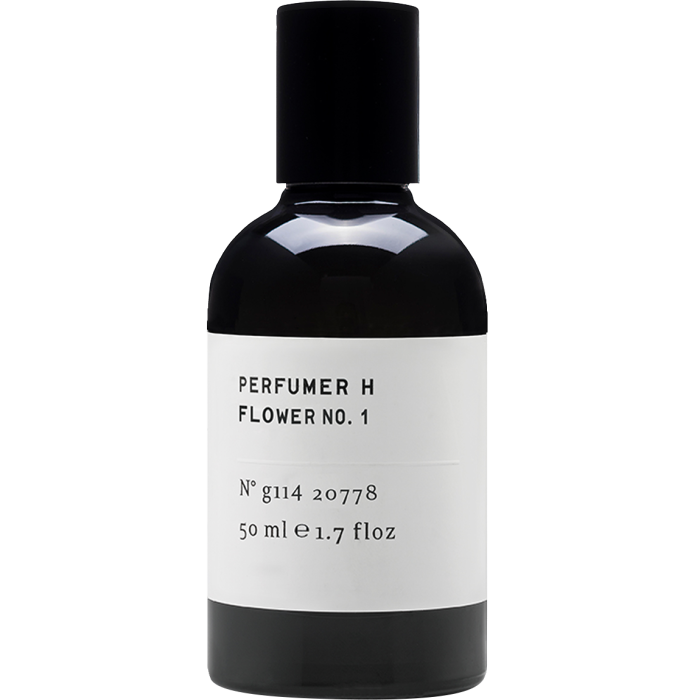The intoxicating aroma of tuberose

Roula Khalaf, Editor of the FT, selects her favourite stories in this weekly newsletter.
Tuberose is a flower made for the heat of high summer. Its white, waxy flowers release a scent so vivid, it works best at extremes. It blooms at night and, such are its hypnotic, narcotic tendencies, legend has it that tuberoses weren’t kept by the bed, for fear they would induce headaches and hallucinations. And, of course, it’s sexy to the point of obsession; Victorian maids were banned from inhaling the scent in case they were overcome with desire. Many highlight its creaminess and complexity, but for me it’s pure white heat.
Frédéric Malle’s Carnal Flower perfume claims to contain by far the highest concentration of natural tuberose in the industry. Its creator, Dominique Ropion, uses Baudelaire’s concept of “corrupt” perfumes to describe it, while Malle likens the perfume to one of the poet’s characters – an innocent who turns nasty and then, finally, lovable again. “The paradox of tuberose,” says Malle, “is that it smells like a flower and at the same time, attracts you like a magnet.”

Frédéric Malle Carnal Flower, £190 for 50ml EDP

Hermès Twilly d’Hermès, £92 for 85ml EDP
Last summer, the story of tuberose took on a new dimension. While the flower is native to Mexico, the crops grown in Grasse, in the south of France, are the stuff of perfume legend – and many were terribly affected by drought. For some farmers, flower yields were down by as much as half, with tuberose cited as being particularly affected. (The town mayor, Jérôme Viaud, called for the government to declare it a natural disaster).
It will be a while before we know the full impact of the drought on the perfume industry. But it’s not a climate trend that looks likely to go away. As a result, some of the newer, perfect-for-summer floral scents are already mindful of the fragility of their contents.
Floral Street was founded in 2017 by Michelle Feeney, a beauty industry executive who oversaw huge growth at companies including Mac and St Tropez, and is known for identifying the “next big things”. The tuberose in its Covent Garden candle (named after the flower market) is sourced in India. It has a clarity and simplicity rarely associated with the big, imposing tuberose scents, and is all the lovelier for it.

Sisley Tuberose candle, £66

Floral Street Covent Garden candle, £38

Sana Jardin Jaipur Chant, £95 for 50ml EDP

Perfumer H Flower No 1, £150 for 50ml EDP
But Feeney believes that perfume houses need to be more open to the idea of using “nature-identical” ingredients – which replicate natural-occurring molecules – where they are the more responsible choice. “Sometimes you absolutely should be using them,” she says. “We are vegan, so we [already] use nature-identical versions of things like ambergris. I think the industry should come together more on this.”
Sana Jardin was one of the first perfume houses to take a radically sustainable approach to sourcing, calling its socially responsible model a “flower revolution”. It has a beautiful tuberose: Jaipur Chant, a lush and all-consuming scent with jasmine absolute and narcissus. Another bouquet of white flowers, this time slightly softer, and rounded out with a base of sandalwood and white musk, is Flower No 1, Perfumer H’s languid summer floral: one for the city as well as the holiday.
And if you don’t think tuberose is for you? Sustainable brand Phlur describes Phloria as “a white floral fragrance for those who think they don’t like them”. Its tuberose heart is a nature-identical synthetic, and the addition of zesty top notes and greens keeps it sunny, rather than overly sexy.
Tuberose isn’t for everyone, but let’s hope that the future of sustainable sourcing means that, at the very least, we still have the choice.
Comments